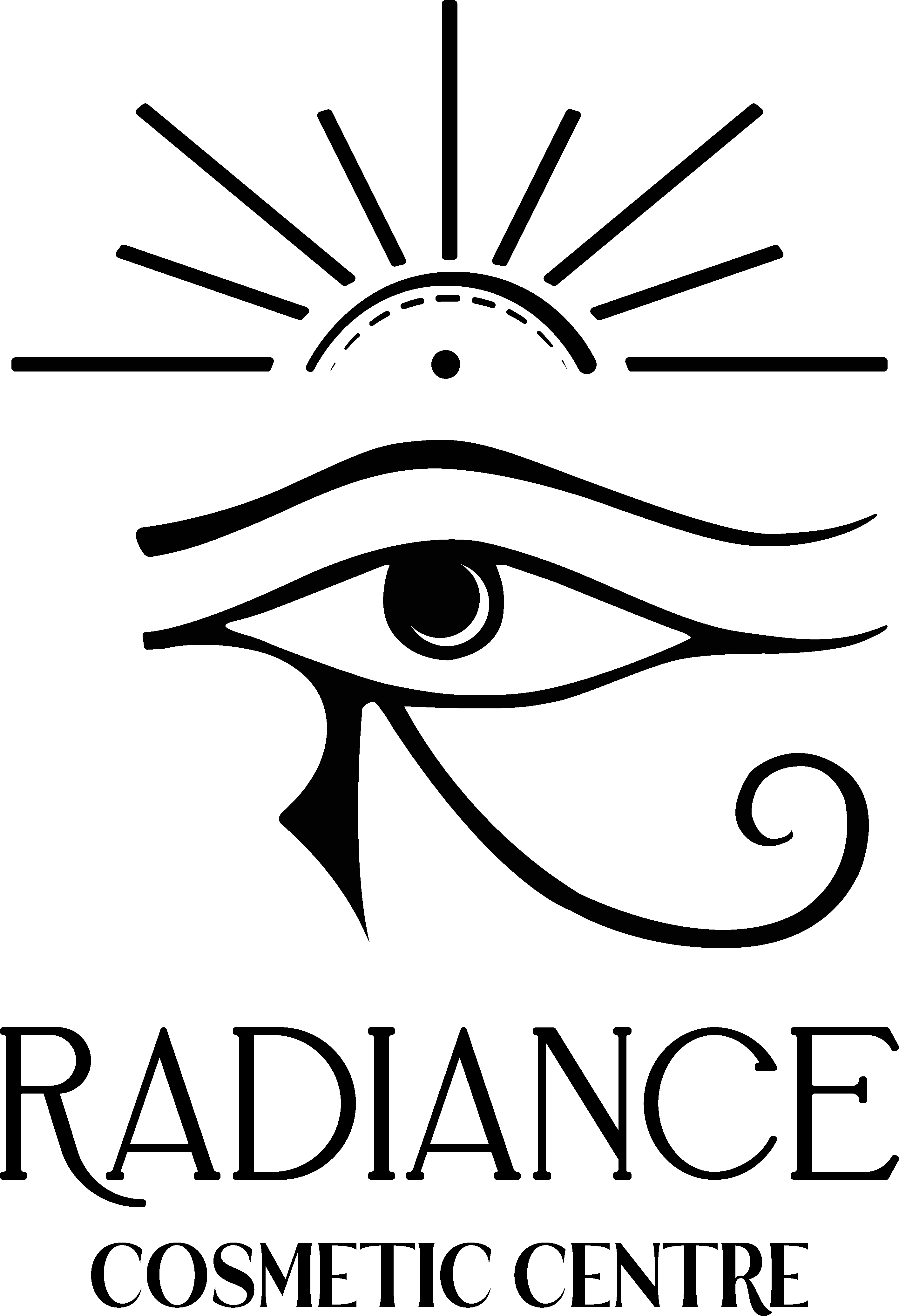Rhinoplasty, commonly referred to as a “nose job” or nose reshaping surgery, is a popular cosmetic and medical procedure that enhances the appearance or function of the nose. It involves reshaping the bone, cartilage, or both to achieve aesthetic goals or improve breathing functionality. Understanding the rhinoplasty process is key to setting realistic expectations and preparing for the surgery, whether for cosmetic nose correction or medical reasons.
Preparing for Rhinoplasty
Before undergoing a rhinoplasty procedure, thorough preparation is essential. It starts with a consultation with a certified plastic surgeon who will evaluate the nasal structure and recommend whether cosmetic nose surgery or functional nose surgery is more suitable. During this consultation, patients discuss their goals, review their medical history, and undergo a physical examination to assess nasal structure repair needs. Preparing for rhinoplasty involves stopping medications like blood thinners, avoiding smoking, and setting realistic expectations about the surgery and recovery.
The Rhinoplasty Process

The rhinoplasty process is a tailed prandaries depending on the patient’s needs. The surgery can address several aspects, from correcting nasal deformities and reshaping the nasal structure to improving breathing issues caused by structural abnormalities. Rhinoplasty options include closed or open surgery. In a closed rhinoplasty, incisions are made within the nostrils, while open rhinoplasty involves making a small incision at the base of the nose. Each approach has its benefits depending on the complexity of the procedure.
During surgery, cartilage reshaping in rhinoplasty is crucial for achieving the desired outcome. Surgeons may adjust or remove cartilage and bone to create a more balanced appearance. This may include nasal bone reshaping to address bumps or imperfections in the nose’s bridge or surgical nose adjustments to modify the tip for better definition. The lower part of the nose is primarily cartilage, and manipulating this area can significantly affect the final appearance.
Rhinoplasty for Medical Reasons
Although rhinoplasty is often viewed as a cosmetic procedure, many patients undergo the surgery for medical reasons. Rhinoplasty for breathing issues is a common solution for individuals with structural problems such as a deviated septum or other nasal deformities that obstruct airflow. These functional nose surgeries aim to improve the patient’s quality of life by alleviating breathing difficulties while simultaneously enhancing the nose’s appearance.
Benefits of Rhinoplasty

Rhinoplasty offers numerous benefits beyond cosmetic enhancement. For patients undergoing rhinoplasty for medical reasons, improved breathing and relief from nasal blockages are significant advantages. Additionally, correcting nasal deformities can boost self-confidence, as the nose is a prominent feature of the face. Whether it’s cosmetic nose modification or nasal structure repair, patients often experience an improved sense of facial harmony and satisfaction post-rhinoplasty.
The procedure also provides long-lasting results, making it a worthwhile investment for those seeking both functional and aesthetic improvements. Rhinoplasty recovery is a gradual process, and patience is necessary to see the full benefits of the surgery.
Rhinoplasty Recovery
Post-rhinoplasty care is crucial for a successful outcome. After the surgery, patients may experience swelling, bruising, and discomfort, especially in the nasal and eye areas. Rhinoplasty recovery involves keeping the head elevated to reduce swelling and avoid strenuous activities for a few weeks. The initial healing phase typically lasts about one to two weeks, but the final nose surgery outcomes may take up to a year as the nose continues to settle into its new shape.
It’s essential to follow the surgeon’s advice closely during recovery from rhinoplasty. Proper care during this time ensures that the nose heals correctly, and any potential complications are minimized. Patients are usually advised to avoid wearing glasses on the nose bridge during recovery to prevent unnecessary pressure on the nasal bone reshaping. Long-term post-rhinoplasty healing may also include follow-up visits to monitor progress and address any concerns.
Rhinoplasty Risks and Considerations
Like any surgery, rhinoplasty has its risks. Rhinoplasty risks include infection, poor wound healing, and dissatisfaction with the cosmetic result. In rare cases, additional surgeries may be required to achieve the desired appearance or correct functional issues. It is important to choose a skilled surgeon who specializes in rhinoplasty to minimize these risks.
Conclusion
Rhinoplasty is a transformative procedure that addresses both cosmetic concerns and functional issues related to the nose. Whether you’re considering rhinoplasty for medical reasons or as a cosmetic nose correction, the benefits are numerous, ranging from improved breathing to enhanced facial aesthetics. By understanding the rhinoplasty process, preparing properly, and adhering to post-rhinoplasty care, patients can achieve their desired results and enjoy the long-lasting benefits of this life-changing surgery.
Need an experts advice on Rhinoplasty? Book a consultation here.

Leave a Reply